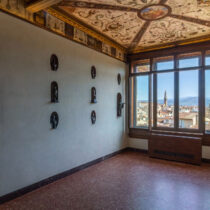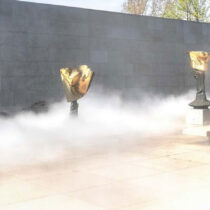Dance and music played an important role in the everyday life of the Byzantines as it becomes evident from the texts and the preserved works of art. The subjects of the Byzantine State were dancing on many secular and religious occasions: weddings, religious feasts and festivals, banquets, victory celebrations of crucial battles, pillorying of defeated enemies. Dancing was taking place in houses, palaces, the Hippodrome of Constantinople, in streets and squares, in dens or in the country with the participation of musicians, professional female dancers or jesters, in spite of the grumbling and the strict, negative attitude of the Church.
Dance as a Social Act in the Everyday Life of the Byzantines
28 Aug 2012
by Archaeology Newsroom
- A
- A
- A


